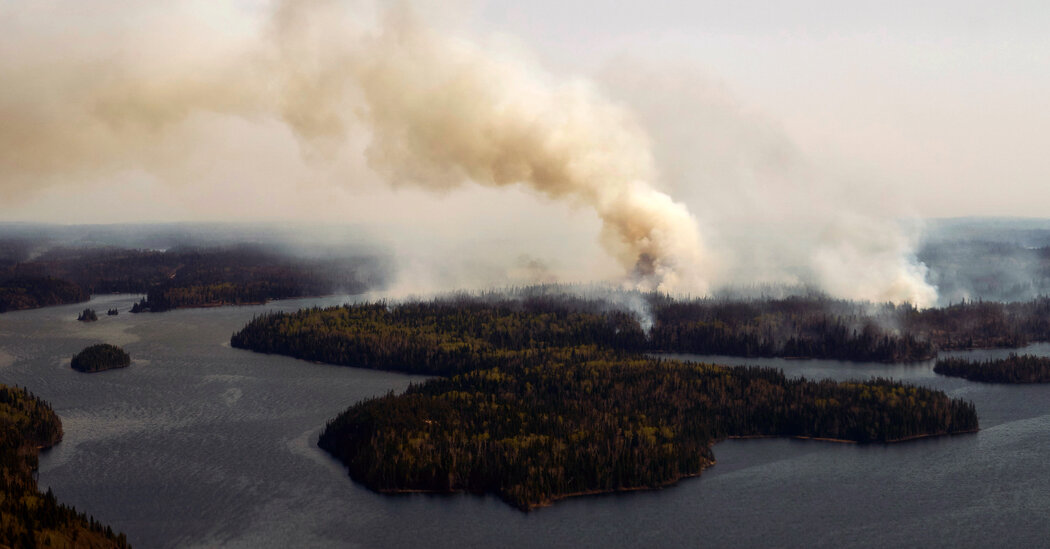- cross-posted to:
- [email protected]
- cross-posted to:
- [email protected]
The wildfires that ravaged Canada’s boreal forests in 2023 produced more planet-warming carbon emissions than the burning of fossil fuels in all but three countries, research published on Wednesday has found.
Only China, the United States and India produced more emissions from fossil fuels than the Canadian fires, according to the study, which was published in the journal Nature.
The wildfires last year call into question how much carbon the forests will absorb in the future, scientists said. That, in turn, may make it necessary to reconsider calculations of how much more greenhouse gas humans can add to the atmosphere without pushing temperatures beyond current global targets.
It’s insane to me that we had all that thick smoke and there were still 3 countries that each polluted more than the sun of that.
I know smoke was much more than just carbon,but the scale was massive and really puts into perspective how much carbon we’re extracting and burning.
It’s not even close to howuch the US and China emitted.
https://www.nature.com/articles/s41586-024-07878-z/figures/1
By their nature you can’t out-carbon fossil fuels. You’re pitting millions of years of concentrated surface carbon against a few hundreds of years worth.
To capture all the fossil fuel we burn in a year naturally we would have to grow and then log a whole extra earth of forest.
Jesus.
That really illustrates the problem I guess.
Clearly we need to burn down all the forests once so we don’t ever have this problem again.
More seriously, as a Vancouverite wildfire season makes it incredibly miserable to be outside.
Hey it was miserable in Northern US too. The sky was orange and ash got on everything
We’ve been lucky so far this year though!
We have - and we just changed our HEPA filter in preparation!
Smart. No HEPA filter over here but I’m keeping my fingers extra crossed!
deleted by creator
Quantitative information that’s up to date about how much area has burned this year compared to a normal fire season was not easy to find, but this time my web search was fruitful: https://cwfis.cfs.nrcan.gc.ca/report/graphs
As the NYT reports, along with the many other sources that tend to drown out better results when you’re trying to find the actual numbers, it’s well above average although nothing like the disaster of last year.
It’s ridiculous that only a few hundred people protest and work to protect old growth forest with information like this at hand. If you’ve ever been in an old growth stand you’re almost guaranteed to see whole sections of thousand year old trees with burn scars on their trunks from several hundred years ago, several dozen years ago, etc. They were so stout they didn’t burn when the understory did.
You can’t replace that as a “carbon storage” strategy or for any other reason unless everyone agrees to leave a given piece of land be for a thousand years or more. Given the way things are right now it seems like that’ll never fuckin happen again. Ever.
What’s it going to take?
Technically most of the fires in Canada happen up in the north where it’s dense spruce and pine conifer stands which don’t turn into your typical “old growth” type forest that you picture from the movies. Stands that are hundreds of years old will burn almost just as easily as a decades old stand. Forest fires are a natural part of their life cycle.
The typical “old growth” forests that are fairly fire resistant are found in the coastal rainforests which don’t typically see much fires as it’s pretty rare in the damp and humid environment.






